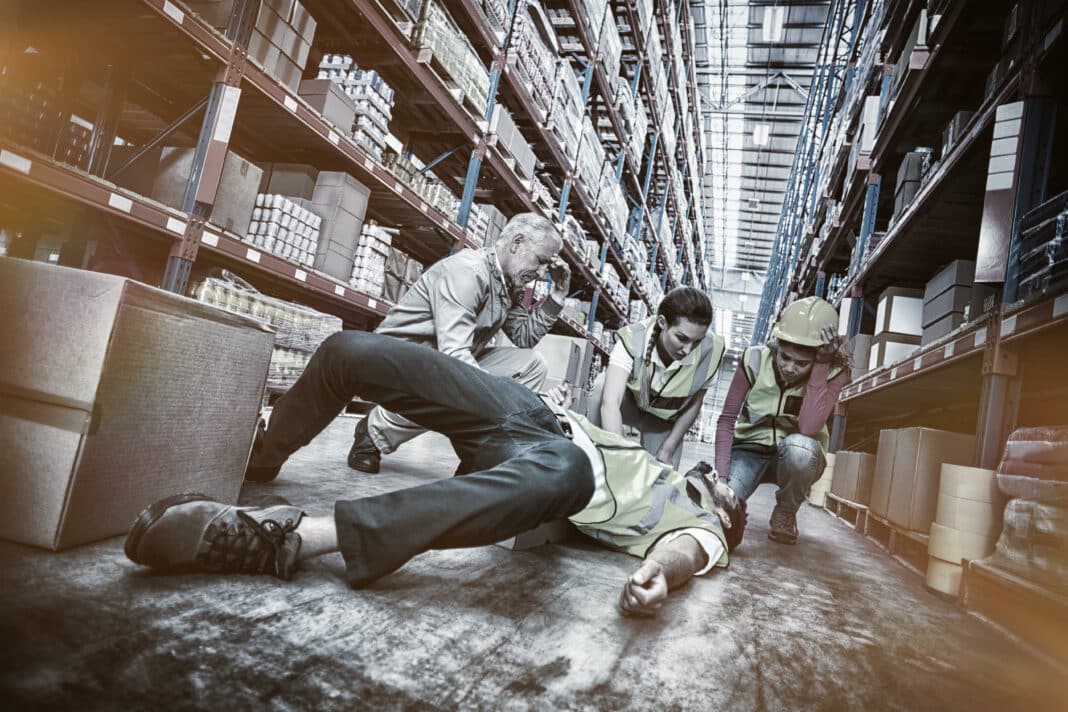Workplace safety isn’t just about hard hats and warning signs. Awareness is also crucial.
Small, everyday actions can prevent the kinds of accidents that disrupt lives and businesses.
Whether you’re climbing ladders, handling complex machinery, or working at a desk,
knowing how to reduce risks will keep you confident, productive, and focused on your actual work.
Here are some practical tips on how to proactively prevent risks before they escalate,
and the best part is that you can apply them right away.
Know your work environment
Every workplace has its own quirks. A warehouse or hospital might have uneven flooring,
while an office that seems safer than an industrial environment might have numerous cables that people could trip over.
Taking time to familiarise yourself with your environment helps you anticipate risks before they cause harm. Doing a quick ‘hazard scan’ at the start of the day (like checking for wet floors, unsecured ladders, or any blocked exits) can make all the difference to your personal safety.
Know which legal support is available after an accident
However, even with the best precautions, accidents still happen. It’s important to know what support is available ahead of time. If you or a colleague suffers a fall or serious incident, being aware of the option to pursue fall from height claims ensures you can seek help quickly.
Knowing your rights isn’t just about compensation; it’s about making sure proper safety standards are enforced for everyone.
Use equipment correctly
From step ladders to forklifts, workplace equipment is designed with safety in mind, but only if you use it properly and for its intended purpose. Rushing through jobs, skipping clearly labelled instructions, or ignoring provided safety features often leads to preventable
accidents.
Think of safety protocols as part of the toolkit, just as essential as the equipment itself.
Protective gear is your first line of defence
Don’t think of protective clothing, safety harnesses, helmets, and specialist gloves as optional extras. They’re essential to protect against the unexpected, for example, a falling hammer or a sharp edge.
It also helps to stay physically ready. Even small steps, like wearing proper footwear or taking a few minutes to stretch before lifting a heavy package, will reduce strain and help to prevent injuries.
Prevent workplace risks before they escalate
Risk in the workplace is unavoidable, but accidents don’t have to be. By knowing the hazards in your environment, using equipment and tools correctly, and wearing protective gear, you can keep yourself and your co-workers safe.
Combine these habits with an understanding of your legal rights, and you’ll build a safer, more confident workplace for everyone.



